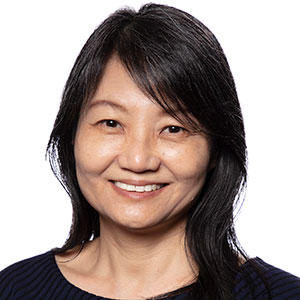Hyunmi Kim, MD, PhD
Clinical Professor
Epilepsy
Localización
730 Welch Rd
Palo Alto, CA 94304
Mapas, direcciones y estacionamiento
Teléfono : (650) 723-0993
Fax : (650) 721-6350
321 Middlefield Rd
Menlo Park, CA 94025
Mapas, direcciones y estacionamiento
Teléfono : (650) 723-0993
Fax : (650) 721-6350
Trabajo y educación
Ewha Womans University Medical School, Seoul, South Korea, 2/27/1989
Asan Medical Center Ulsan University, Seoul, Korea, 02/28/1995
Medical College of Georgia Child Neurology Residency, Augusta, GA, 2/28/2006
Cleveland Clinic Foundation, Cleveland, OH, 08/31/2007
Cleveland Clinic Foundation, Cleveland, OH, 02/28/2007
Seoul National University, Seoul, 02/28/1997
Ewha Womans University Medical School, Seoul, South Korea, 02/29/1996
Yonsei University College Of Medicine, South Korea, 2/28/1991
Medical College of Georgia Pediatric Residency, Augusta, GA, 2/28/2003
Epilepsy, American Board of Psychiatry and Neurology, 2013
Neurology with Special Qualifications in Child Neurology, American Board of Psychiatry and Neurology, 2007
Clinical Neurophysiology, American Board of Psychiatry and Neurology, 2009
Idiomas
English
Korean

Conéctese con nosotros:
Descarga nuestra App: